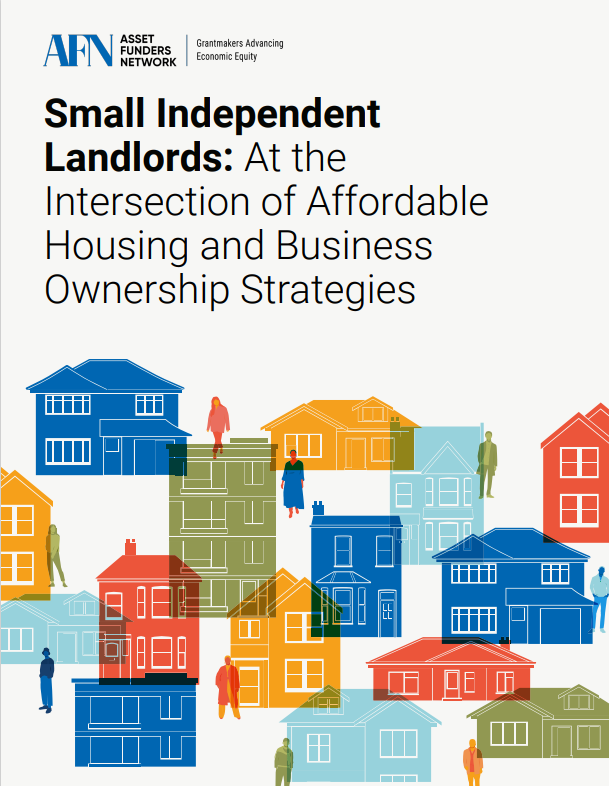- July 24, 2023Here we highlight several major takeaways for business formation through the first half of 2023. We focus on applications from…
- March 8, 2023Small business revenue, employment, and profitability each improved from 2021, but expectations worsened year-over-year. With the end of pandemic-related funding…
- December 27, 2022Although business ownership may not be the primary way that most individuals and families build wealth in the United States,…
- December 27, 2022Climate change is altering the frequency and magnitude of extreme weather events, disproportionately harming low- and moderate-income (LMI) communities. Small…
- December 19, 2022Minority owned small businesses face more challenges in obtaining capital than other small businesses. As stated in the PayPal-funded report,…





